By Dr Ross Tucker, exercise physiologist & adidas running consultant
There are roughly five weeks to go to the 2019 Old Mutual Two Oceans Ultra and Half Marathons. You’re now entering the tricky training phase, where what you do is more likely to affect you negatively than positively! In other words, we’re in risk vs. reward territory.
Up to this point, the training you’ve done is adding to your physiology (fitness) and your psychology (confidence). That doesn’t necessarily change, but the closer you get to race day, the more chance there is of things going wrong. In this case, the wrong training will detract from your fitness and could potentially harm your confidence!
That’s why it’s important that you keep your composure, and make wise decisions in the coming weeks. Here are four tips that should help you navigate these tricky waters.
https://www.instagram.com/p/Bt3hKnQgu9S/
1. Invest in your fitness, don’t spend it!
Every session you do between now and race day is an investment into your physiological ‘account’, as it were. You’re putting in, so that on April 20 you can ‘withdraw’ what’s needed to run your time. And that should help you reframe how you go about your training.
The key is to understand that on race day, you don’t want to encounter anything you haven’t prepared for. No cost should be too high. And that means that you must use the training sessions left to plan and recreate, mentally as much as physically, what lies in store.
An obvious example is your hydration and fuel strategy. If you’re running the Ultra, in a few weeks you’ll face five, six or even seven hours of running. Obviously, you’re not going to rehearse that by running it in the next few weeks. However, you are going to do a few more long runs, maybe in the two to three hour range, at most. This is when you should simulate your action plan.
Are you going to drink every 15 minutes, or will you wait 30 minutes? How much can you tolerate at a time? Will you drink Coke and Powerade (provided on the route), or will you go with gels and water? Do you plan to eat anything to break up that non-stop cycle of sweet, sugary drinks?
These are the kinds of questions you should ask, and answer, in your training. Obviously, you can’t recreate what it may feel like after six hours of running, but you can familiarise yourself with a plan that is robust enough to withstand race pressures.
https://www.instagram.com/p/Bkt71LmFLI8/
The same goes for training. What will your approach be on Chapman’s Peak? How will you manage the descent to Hout Bay and the climb of Constantia Nek? Again, your training can’t put you through identical stresses, but if you’re running hills in the next few weeks, you’ll have opportunities to mentally check yourself. Use this opportunity to formulate your plan, your thinking patterns and your paces.
This is equally true for those running the Half Marathon. What’s your plan for the first eight kilometres when it’s dark? How will you approach Southern Cross Drive and the tricky descent from Kirstenbosch? Answering these questions is making the investment, and that’s key for the next few weeks.
2. If in doubt, leave it out
This is especially true if you’ve been training well. There are many runners who may have left it a bit late, or who’ve made a more gradual start. For them, the last three weeks is a chance to possibly improve fitness.
But for those who’ve been diligent, and who’ve run their qualifier marathons on cue and have done the long runs required, there’s more to be gained from doing too little than too much.
And so the principle to follow is that if you feel tired or fatigued, or not as sharp as you usually do, then rather don’t train. This might sound paradoxical, but the truth is that those mid-week ‘filler’ sessions that we often do are probably not making or breaking your race at this stage.
If you’re feeling a bit flat on Monday, for instance, you’re better off resting Tuesday, and rather being fresher on Wednesday and Thursday, when perhaps you’re planning to do a harder hill session or a club time-trial.
The idea here is that there are two, maybe three sessions a week that are crucial – your long run and your harder sessions. Don’t let the easy days hurt the important days. Rather rest and prioritise quality over quantity in these last few weeks.
3. Your window for change is closing
As we get closer to the race, many runners will look to make small changes and last minute tweaks. Unless you’re experienced, I’d encouraged you to avoid this trap. The time for changes has basically passed.
With the exception of familiarising yourself with your race strategy and fuel and hydration plans, you should consolidate now, not experiment. That means trying new shoes at least three to four weeks out, no later.
https://www.instagram.com/p/BlR9T_5FArG/
It means don’t suddenly join a Pilates or yoga class because you read that strength and flexibility are important (they are, but if you’ve never done them, you put your race at risk by putting yourself through unfamiliar training at exactly the time you want to be fresh). It means don’t don’t change your normal diet because someone suggested you eat differently. Stick to the fundamentals you’ve followed throughout your preparations.
4. Listen to your body
Finally, and perhaps most crucially of all, listen. This is crucial on race day, but as explained previously, it’s something you have to practice and habituate to perfect.
Listen. Pay attention. Write down what you felt on your runs, even if it seems trivial and irrelevant. Were you landing harder than usual? Did breathing feel more difficult? Are you feeling light on your feet when you encounter a slight uphill gradient? If you measure heart rate, have you noticed anything unusual that you didn’t before?
My purpose here is not to burden you with the job of analysis. As a sports scientist, that’s my problem (and passion!). The purpose here is to switch on self-awareness. This is the most important and under-rated attribute of great runners. They are aware; aware of themselves, aware of the signals coming in and about what those signals might mean.
Most of us have a vague sense of these things, but we’re like radios whose antennae are broken – we pick up static. Occasionally we hear a word or two, but for the most part, it’s a crackling noise.
The best runners have crystal clear surround sound. They know what it means when they feel a certain way during a run, and they correctly interpret what their tiredness means when they wake up, or why they might be feeling better or worse during the day.
This matters because you will encounter challenges on race day. It’s impossible for you to plan for every contingency. Every one of these situations demands a response on race day. You have choices to make – stick with the pace, slow down, speed up? Eat salty foods? Drink more water? Your ability to make those decisions, under pressure and with fatigue, will determine your race result.
And the only way to make those good decisions is to be so self-aware that you’re “ahead of your body”. You need to have such a good understanding of yourself through a honed ‘body awareness’ that nothing surprises you.
Mentally, this will give you enormous confidence. You’ll have six ways to run the race successfully. Plans A to F. If you lack the self-awareness, and I see this all the time, you’ll run and run, oblivious to the growing issue, until that issue becomes so large that it overwhelms you.
Ultimately, a successful runner is a self-aware runner and that takes a lifetime of practice and discipline, but you only have a few weeks left to turn it on and improve the signal. Luckily, everything else mentioned in this article feeds into your own sense of self, which ultimately, is what will get you to the finish line at UCT in the best possible shape in the shortest possible time!


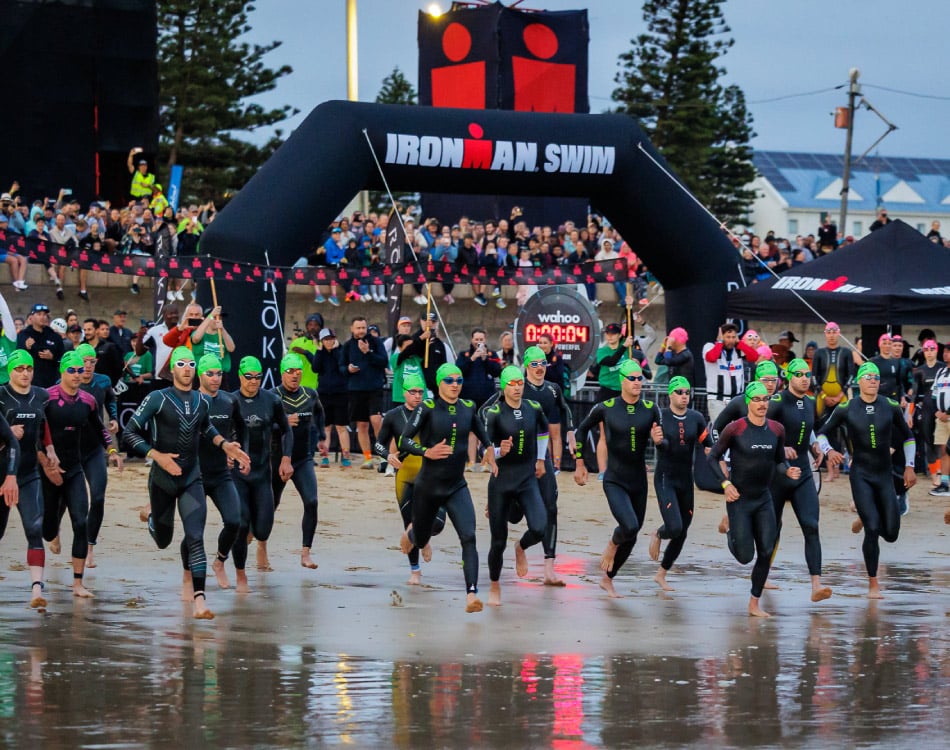
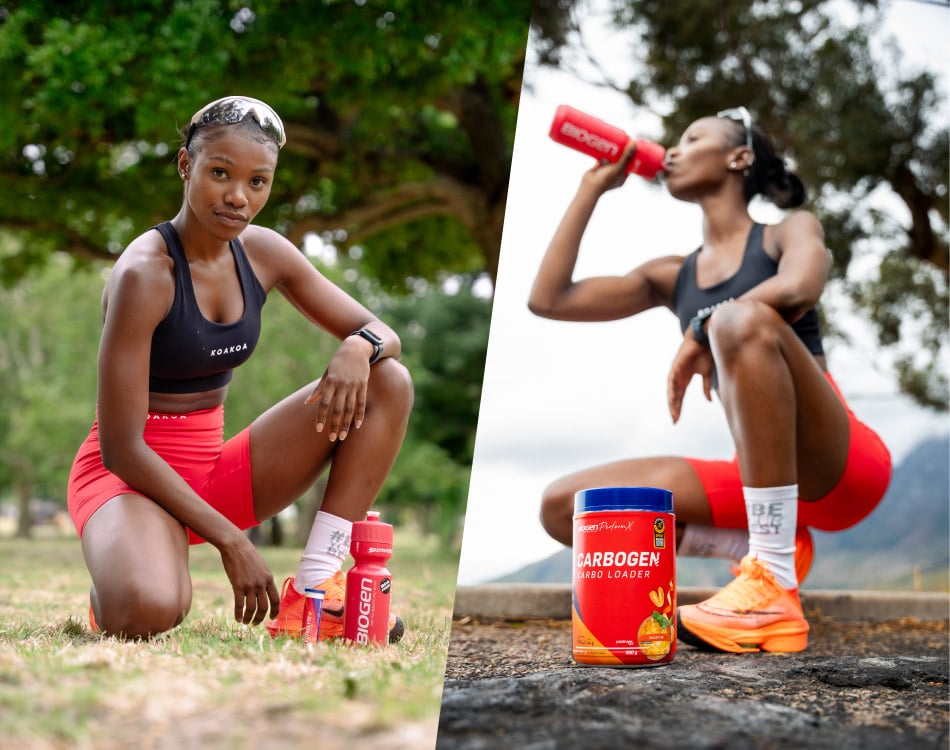


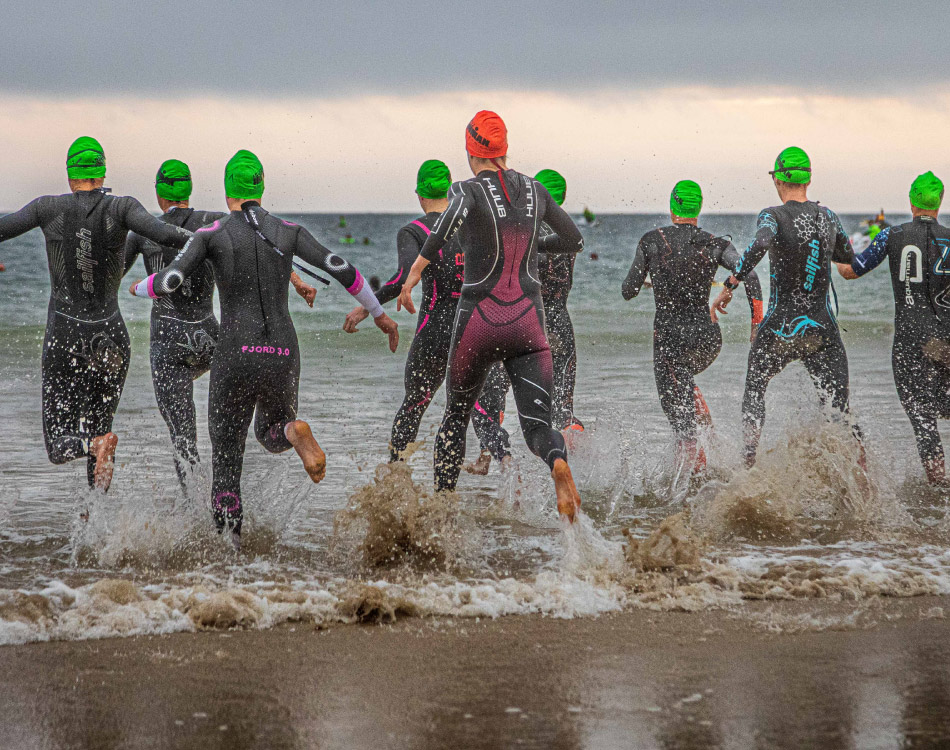
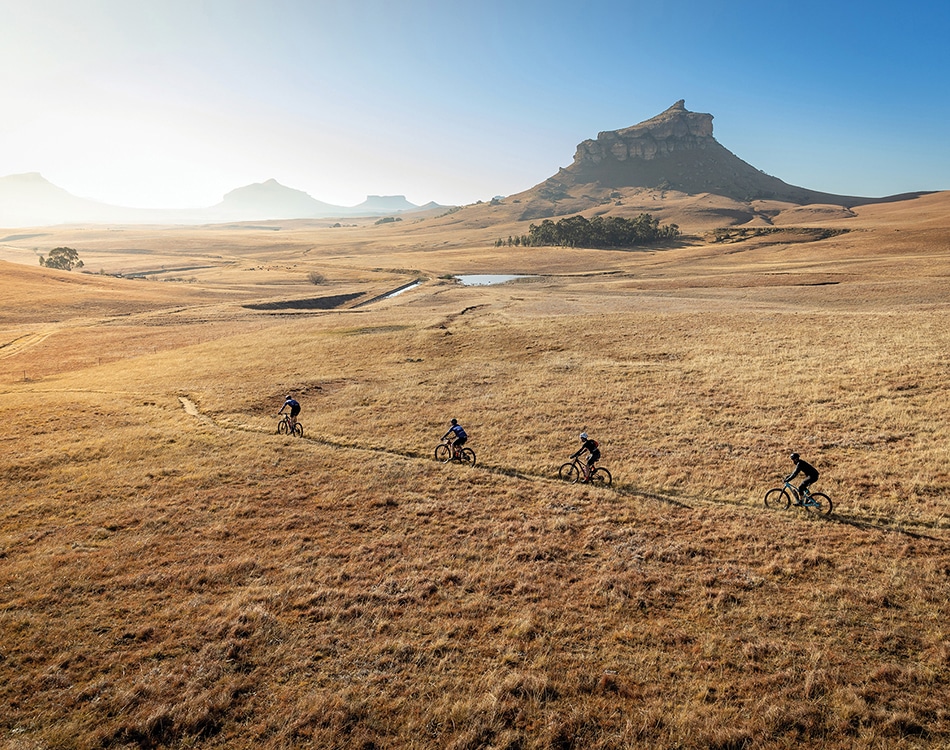
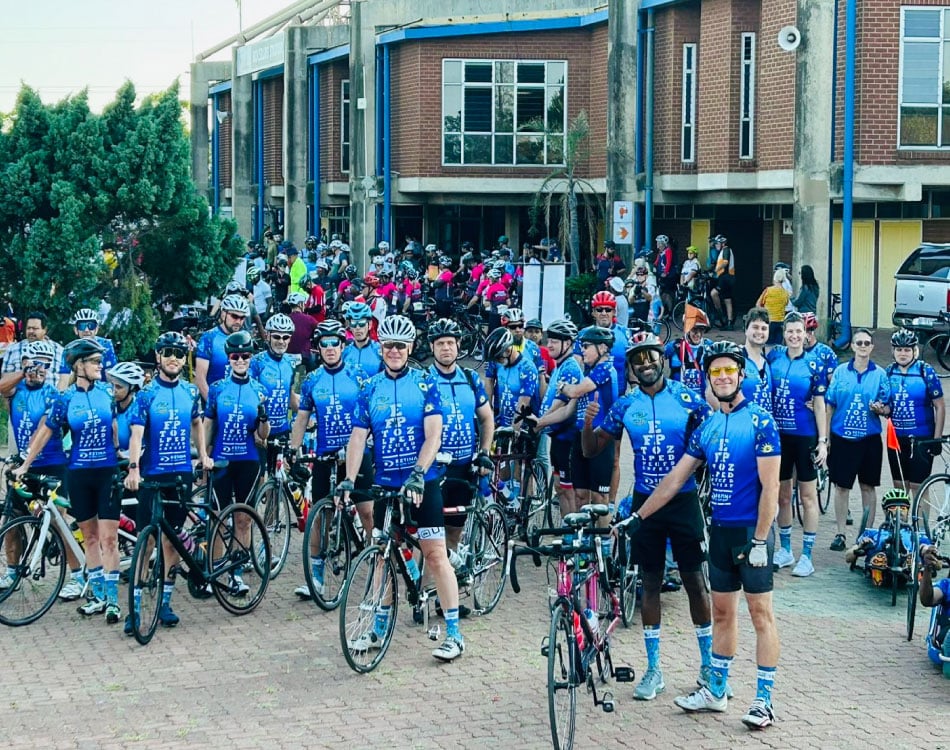



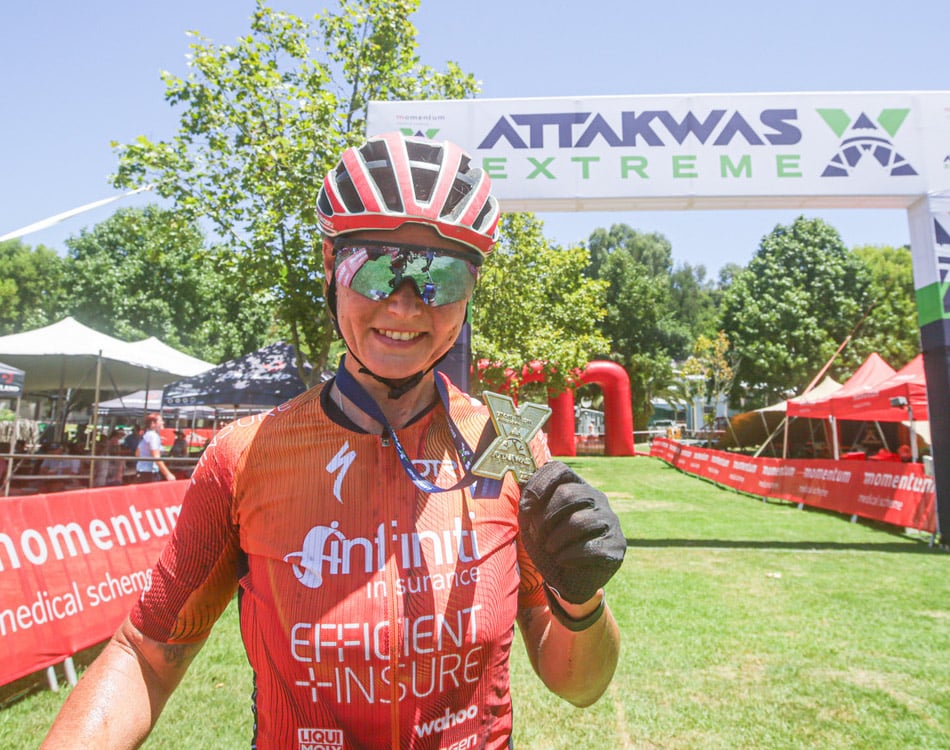
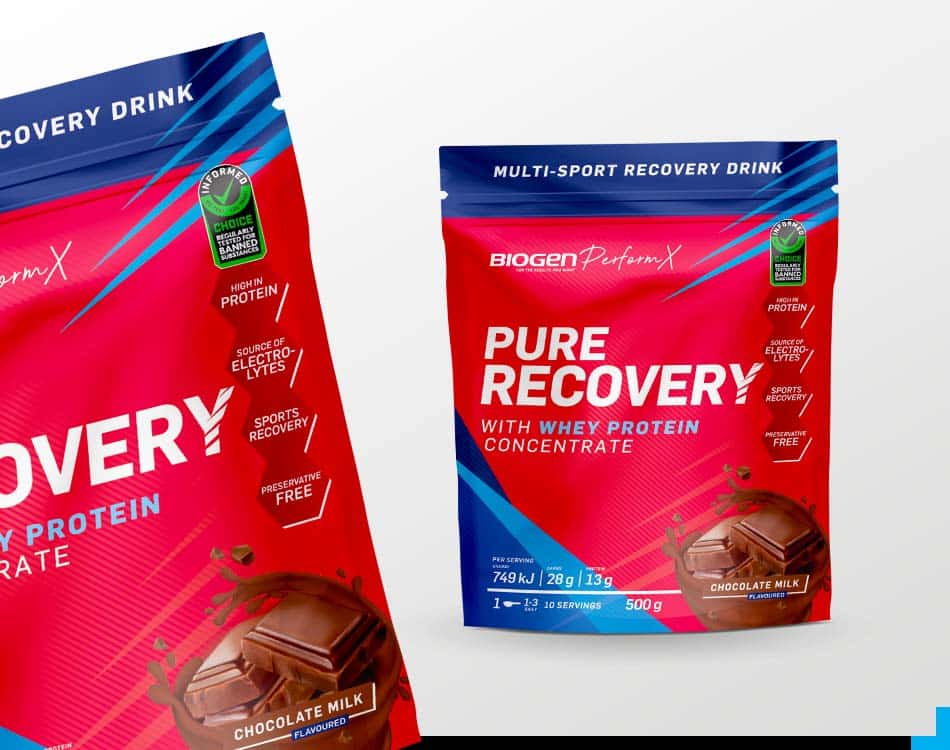



Leave A Comment